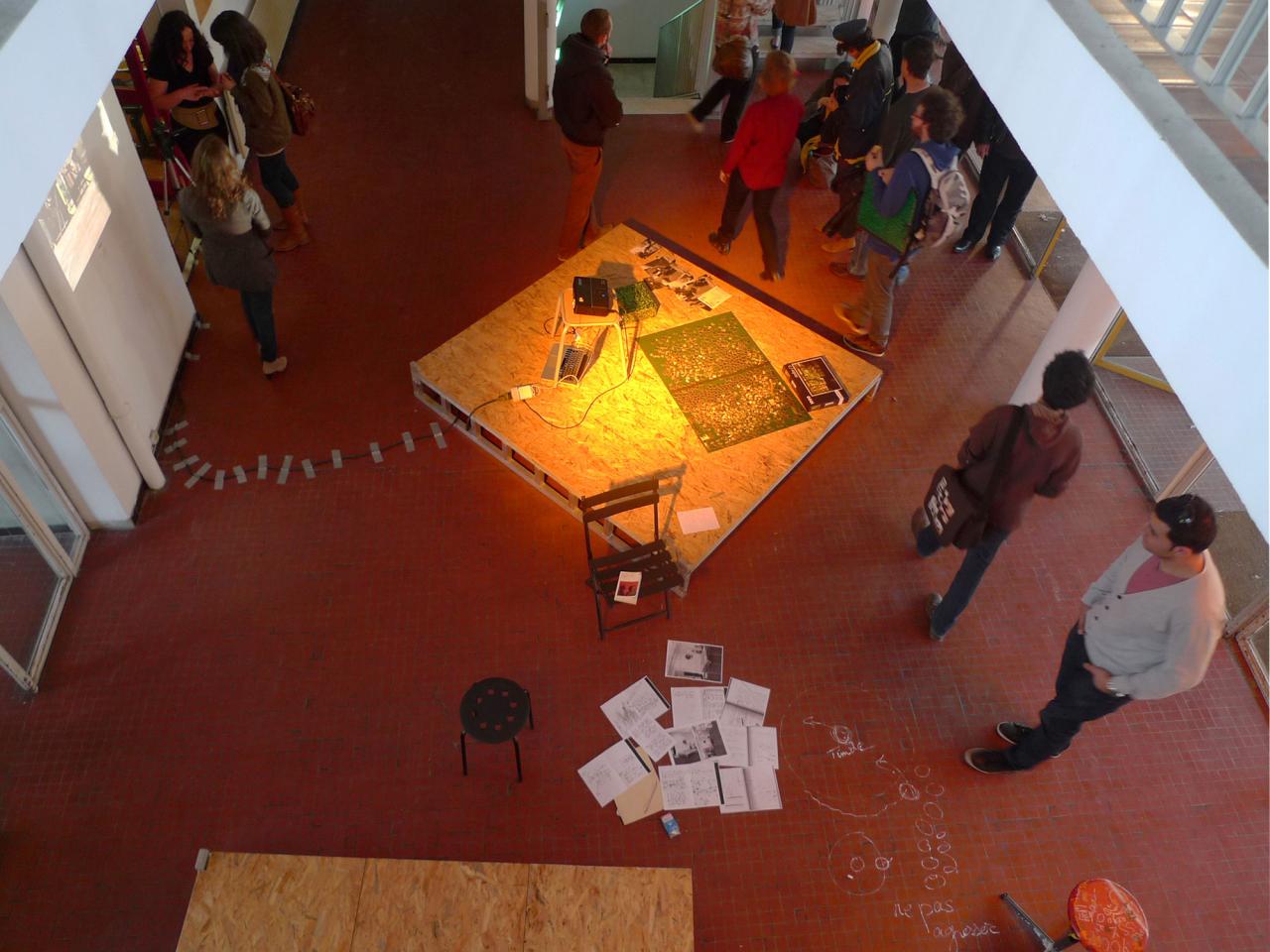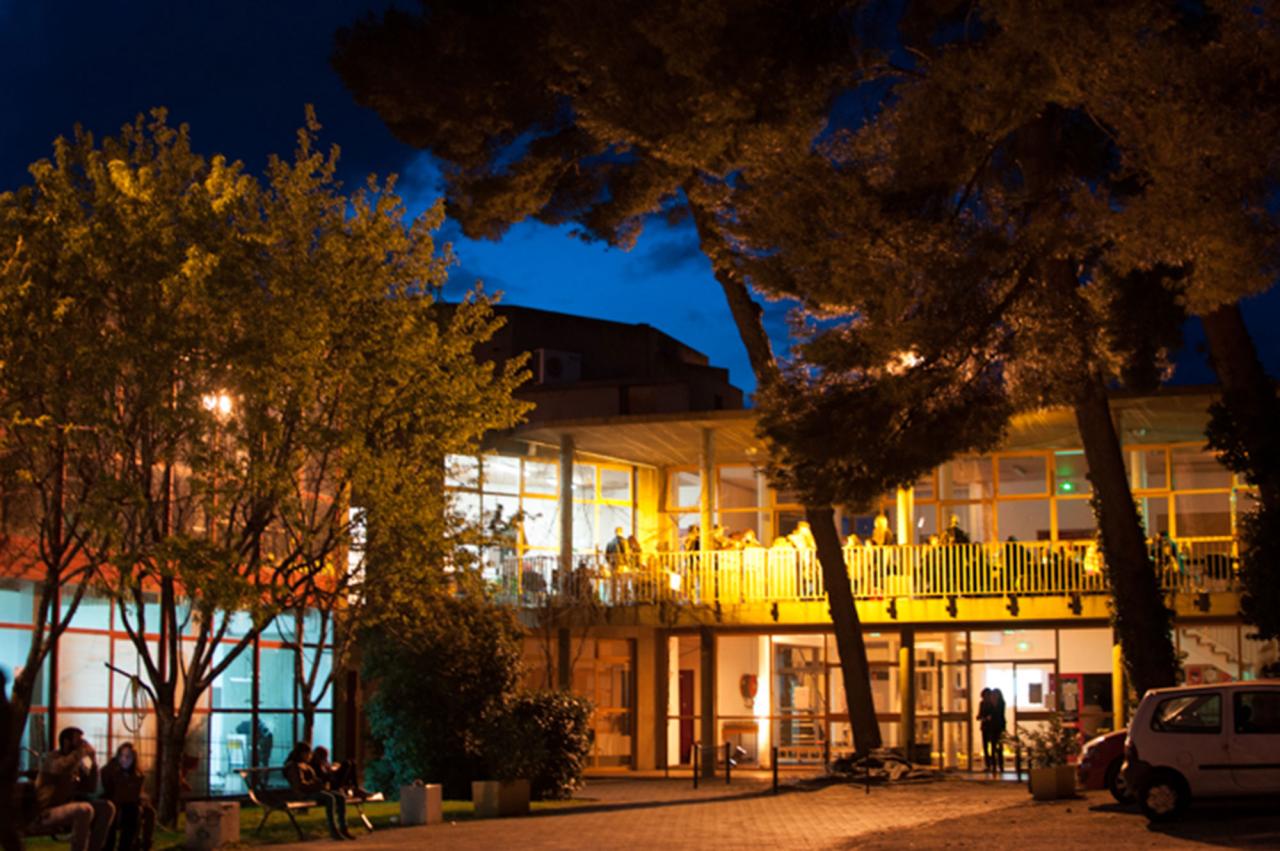Céline Domengie
Born in 1976
Lives and works in Cantemerle


Céline Domengie was born in 1976 in Villeneuve-sur-Lot. She lives and works in Cantemerle (Paulhiac).
“Céline Domengie sets up research arrangements based on the notion of construction site. Within tangible contexts of transformation, she creates, conveys and traces processes: those of the Genius loci experience.
She undertakes an investigative work with three concerns: How to immerse oneself in the space/time of a construction site? How to create in it both presence and hospitality? How to show the work process at the very heart of what is being repeated while at the same time bringing in chance? In each one of her sites she takes these three themes into account: environment, social relations, human subjectivity. Over time, Céline Domengie has set up a kind of ecosophy. For Félix Guattari, ecosophy takes into account physical and chemical macro-dimensions, such as our ecological environment, as much as anthropological dimensions (social ecology), and “molecular” dimensions: sensibility, desire, individual subjectivity. What artists are henceforth in charge of is the way of living—the way of making use of oneself in the relation to the other with a medium which might be called “the art of sidestepping”.
Guattari wrote: “People must become both united and more and more different”. Might Céline Domengie be a mutant artist?
Guattari declared: “Artists are mutants, in very difficult conditions for mutating, conditions of control through predominant images, through the media, through the gallery system, for example. […] This said, they are people who have the courage to play out their existence in a process of singularity, and it is in so doing that they offer us a paradigm that is interesting. There is always this idea that on the horizon, on the absolutely utopian horizon of history, there might be the possibility of constructing one’s existence the way an artist conducts his oeuvre. But I underline the words: “the way”.”
Jean-Paul Thibeau, “Céline Domengie au regard de l’écosophie”, Documents d’artistes Nouvelle-Aquitaine, 2015.
Translated by Simon Pleasance, 2015